Anchorage Bootlegger Cove Memories
How an area of Anchorage got its name.
1968 Bootlegger Cove photo by Cindy Pendleton
Anchorage, Alaska, was a brand-new town in 1915.
And it was a company town, run by the Alaska Engineering Commission as they built the Alaska Railroad.
In those days, entertainment was scarce. Two movie houses, the Empress and the Harmony theatre showed their films to packed houses.
But many railroad workers, business people, and others wanted something they couldn’t have. They wanted liquor. The problem was, Anchorage was bone dry.
Moonshiners Under the Northern Lights
Enter shadowy figures like the Phantom Swede, Russian Jack, and others.
They were known as moonshiners, and they distilled their squirrel juice, as it was called, or white mule in places hidden from authorities.
Russian Jack had a homestead of sorts, located about three miles east of town, next to a spring. That area was later named Russian Jack Springs.
Oh no You Don’t
To combat the manufacturing and sale of alcohol, the Alaska Engineering Commission put together strict rules about intoxicating liquors, gambling, and other vices.
When land was auctioned off to begin building the new town of Anchorage, buyers had to agree that if the property was used for any of the above, the penalty was forfeiture of the lot.
Even so, there was a demand for the whiskey produced by the hidden stills around Anchorage.
Hey, Here’s an Idea
In no time, local moonshiners came up with a new delivery method.
Just to the south and around the bend from the mouth of Ship Creek was the mouth of Chester Creek.
Because Chester Creek was relatively hidden from the prying eyes of authorities in the new townsite, moonshiners like the Phantom Swede and Russian Jack began using the area to deliver their goods.
Yes, You Can Share This Edition
And when you do, your friends and family will be so happy that they will send you to Girdwood, Alaska, for a steak dinner at the Double Musky Inn… well, it could happen.
Anchorage’s Early Days
Can you imagine Anchorage in those early days?
A mass of people drawn to the frontier of Alaska. A tent city on the banks of Ship Creek, and a new town coming to life.
Today, the names of people and places, like Russian Jack and Bootlegger Cove, are all that remain. A gentle reminder of how a town called Anchorage, Alaska, came to be.
BONUS
Memories of Bootlegger Cove
Photo courtesy of Maggie Wilkinson
by Maggie Wilkinson
From 1956 to 1959 I lived in this little log cabin in Bootlegger Cove, Anchorage, Alaska.
It was a momentous time in my life, a time of transition. I was 10 when we moved into the garage apartment in the alley and 13 when we moved to a bigger home because our family was growing.
I went to fifth grade in 1956 in a Quonset hut on the Park Strip, where my teacher was a butcher from the neighborhood grocery store. There were many more students in Anchorage than there were teachers, so the Anchorage School District hired anyone who applied. It was a very difficult year for me.
But things turned around because in 1957, in the sixth grade, I went to the brand-new Inlet View School, and my teacher was a man who made an extra effort to learn about each of his students. He gave me my nickname of “Maggie,” and that made a very positive difference in my life. I felt seen, recognized, and understood.
In 1958, I was in the 7th grade at what is now the location of the Performing Arts Center.
My mother fell in love with and married my stepfather. He was a pilot for Reeve Aleutian Airways, and we were all very proud of him. Life was good. I had a new bike, and I made a little extra money from mowing lawns for $1.00/hr (I later learned to charge by the lawn instead of by the hour!) My best friend lived a block away, and she had a TV that we watched every day after school.
In 1959, when I was in 8th grade, my little sister Betsy was born, and I didn’t know how my life could get any better. The summers lasted forever, and joy filled every day of my life. All of this and more happened in that little log cabin more than 65 years ago.
Recently, my dogs and I walked at ”Betsy’s Park” (Elderberry Park), and then we walked to the log cabin, which is very close by.
I spent a little time there, remembering how I played marbles and jumped rope in the alley, picked pussy willows in the spring, and I got a Chesapeake puppy (named Cinnabar). Many days were spent climbing high up in the cottonwood trees, chasing the train, and getting the engineer to blow the train whistle.
I climbed on icebergs on the mudflats in the winter, played kickball at the park in the summer, and had to be home when the sun touched Susitna’s tummy. I remember riding my bike so fast down the 5th Avenue hill and then pedaling hard back up to do it all again. In the winter, we rode our sleds down the hill and swept the sand off it after the sanding truck went by. In the summer, we jumped over the water spraying from the water truck that came by to keep the dust down on the dirt roads.
It was a good childhood.
I remember a lot of it, and I am truly thankful.
It’s such a cute little log cabin, and it’s packed full of childhood memories.
BONUS
What was that name?
Most folks that live in, or have ever lived in Anchorage, know the name Russian Jack. He was one of those early pioneers who went by a nickname.
But have you ever heard of The Pale-Faced Kid, Dago Jim or Cream Puff Bill?
What about Happy Jack Smith, Big Red or Walking Swayze?
***As for Cream Puff Bill, he was a baker for the railroad and word was that the pastry he baked, especially his cream puffs, were legendary.
From Our North Stars (that’s you)
From Alaska Stories and our An Alaska Commercial Fishing Adventure edition:
Aletha had this comment:
“I would have left that boat, skipper, and his attitude the minute I learned about the hip waders, I would have jumped (ship) and walked away...”
BONUS
Take a look at An Alaska Commercial Fishing Adventure and enjoy.
Connect with Mike and Mary
The Bootlegger Cove area of Anchorage includes Westchester Lagoon, a man-made recreational lake, and several very nice neighborhoods. It’s funny to think that many people who go there now have no idea that many years ago, the activity of moonshiners gave it the name Bootlegger Cove.
Until Next Time
Mike and Mary
Anchorage Memories Club


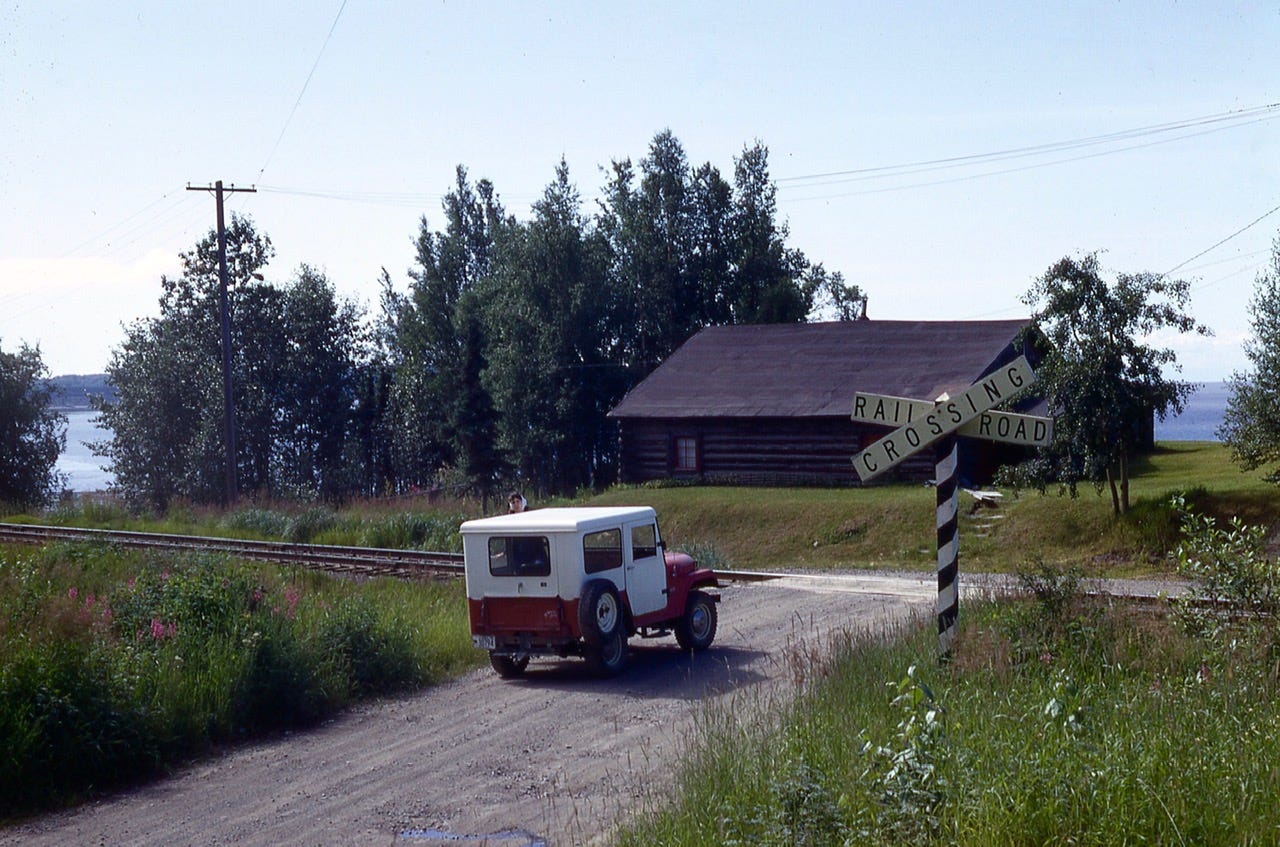
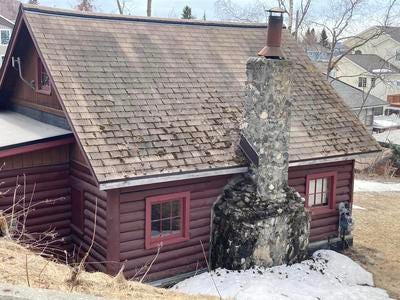
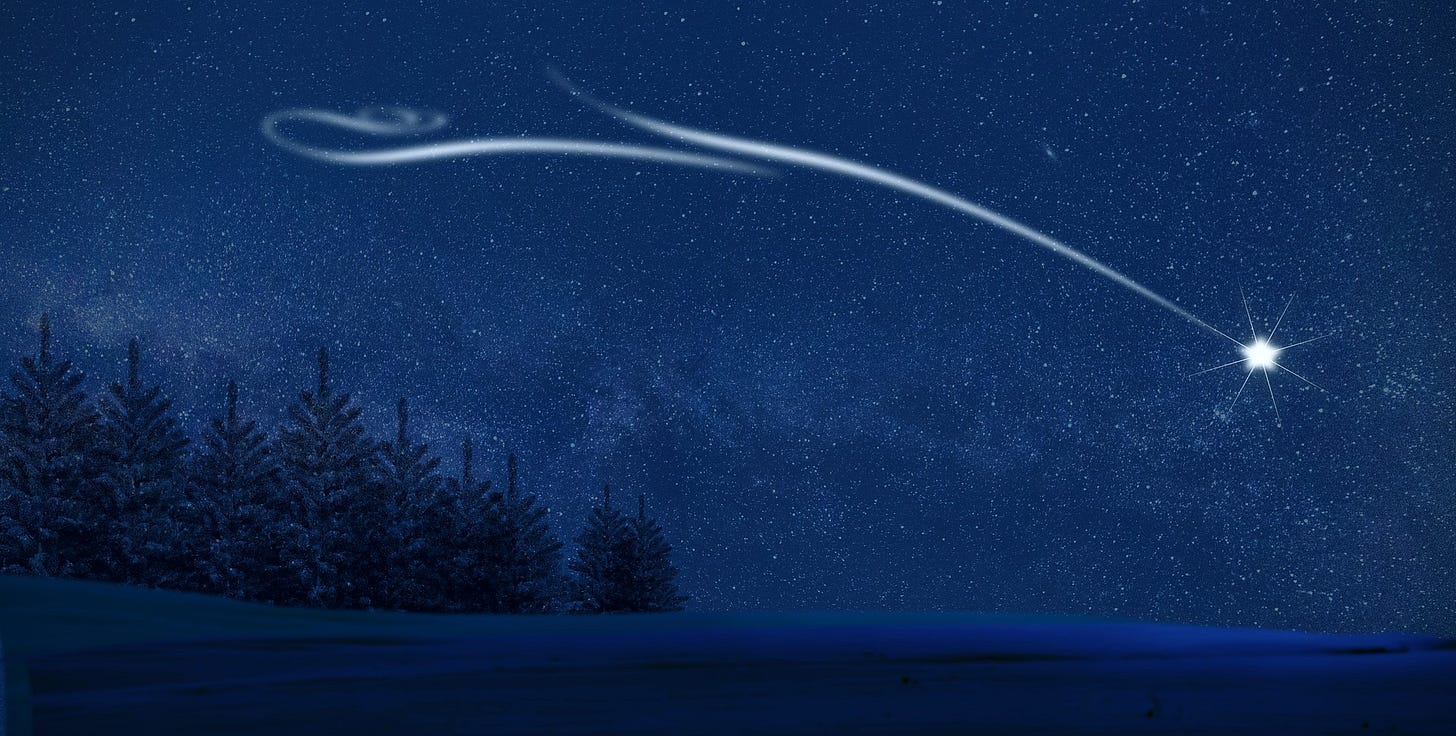
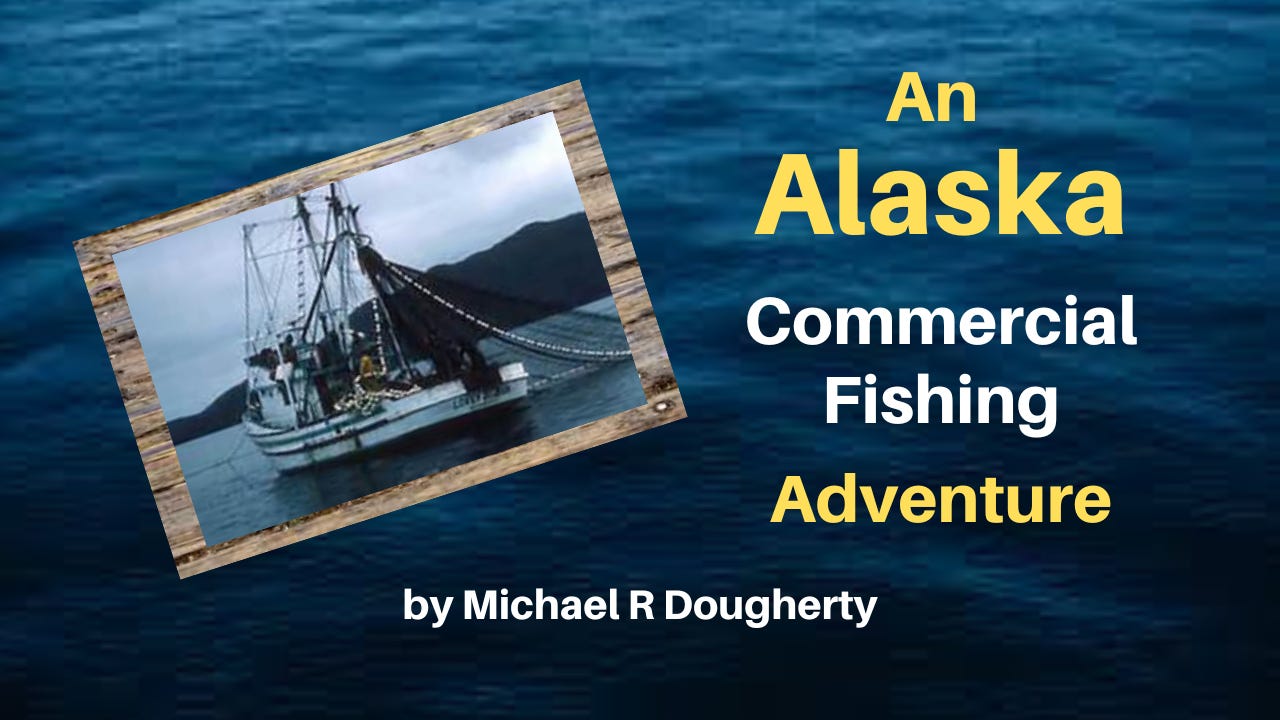
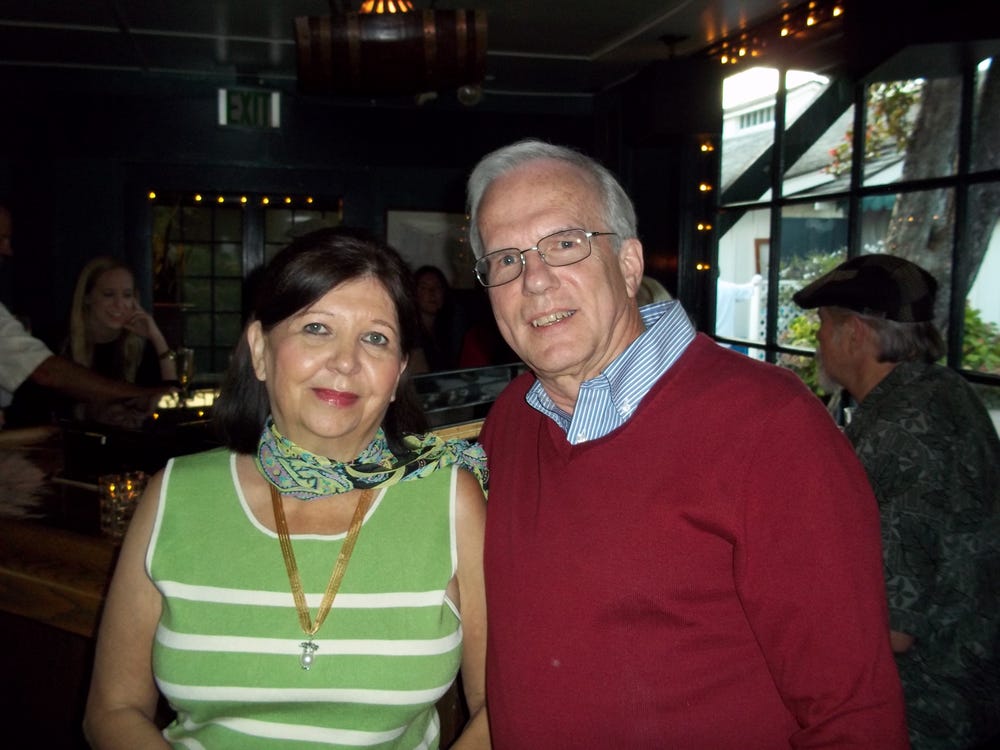
Very much enjoyed this edition and Maggie Wilkinson's memories. I also attended the Quonset hut school, earlier than Maggie (1953-54) and with a real teacher (Mrs. Gordon), and went on to junior high downtown where she did. Things were so different back then - and in my mind, better!
$1 an hour was huge bucks in 1958. I was getting 50 cents and hour for mowing lawns in Fairbanks in 1968.